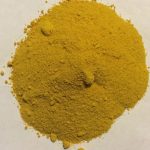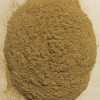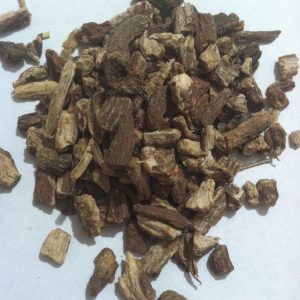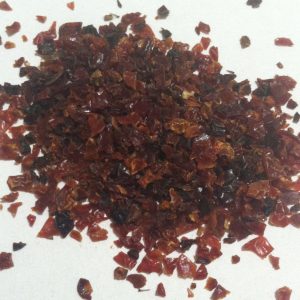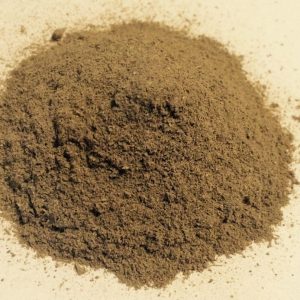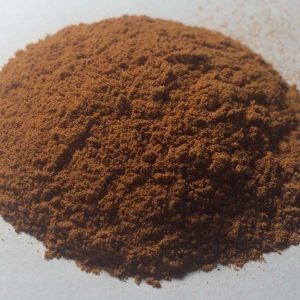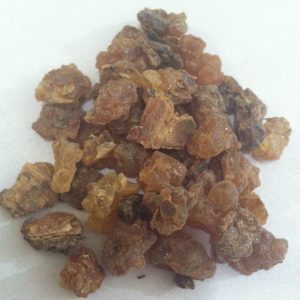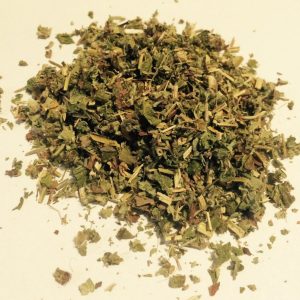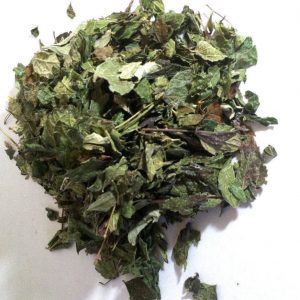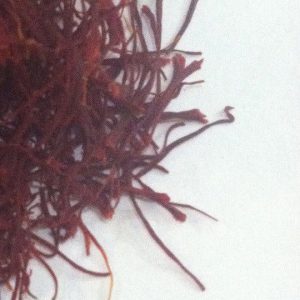Description
Overview Also known as Pollen (not to be confused with propolis) Introduction Who could know the health benefits of bee pollen better than a bee? When bees collect nectar for honey, they coat their legs with pollen. The pollen is collected when they pass through a screen while returning to the hive. The screen gently scrapes the pollen off their legs where it drops into a tray for collection. Bee pollen has a long and storied past throughout human history. Hippocrates and Pythagoras both prescribed bee pollen for its healing properties. Native Americans wore pouches containing pollen around their necks on long journeys to eat so they could sustain a high level of energy. The Chinese, Romans, and Egyptians all regarded pollen as a panacea. In China, pollen was first described well over 2000 years ago as sweet tasting and neutral. To this day, China is still the world’s largest producer of pollen followed by the United States. If you intend to store bee pollen for more than a few weeks after purchase, refrigeration is recommended. Constituents Antioxidant flavonoids, including myricetin, quercetin, rutin, and trans-cinnamic acid. Parts Used Dried pollen in whole, broken or powdered form Typical Preparations Typically taken in capsule form, up to 10 tablets a day of up to 500 milligrams each, as an extract, or it may be administered directly or sprinkled on food. Extracts of bee pollen are used in some skin care products. Summary The antioxidants in bee pollen are compounds chemists call flavonoids. Bee pollen packs the punch of myricetin, quercetin, rutin, and trans-cinnamic acid. Bee pollen is an excellent source of nutrition. Bee pollen is richer in protein than any flesh-based food. Gram for gram, bee pollen supplements contain more amino acids than fish, beef, or eggs. Precautions Specific: No known precautions.
General: We recommend that you consult with a qualified healthcare practitioner before using herbal products, particularly if you are pregnant, nursing, or on any medications. For educational purposes only This information has not been evaluated by the Food and Drug Administration.
This information is not intended to diagnose, treat, cure, or prevent any disease.





